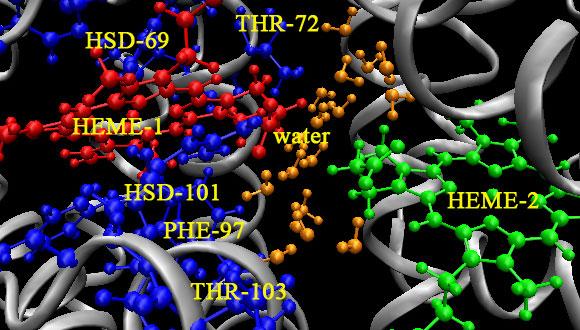Chemical Physics Seminar: Diamond defects as a venue towards coherent light-matter interaction in the solid state at room temperature
Dr. Eilon Poem, Department of Physics of Complex Systems, Weizmann Institute of Science
Abstract:
A quantum optical network, consisting of in-matter nodes connected by photons, is a scalable architecture for quantum information processing. Coherent light-matter interaction is a major prerequisite for a such a network. Furthermore, to fully exploit the scalability potential, a solid-state platform and room temperature operation are desirable. Optical photons already preserve coherence at elevated temperatures and in solid photonic devices. So do some electron spin systems in non-magnetic solid materials, such as point defects in diamond, of which the nitrogen-vacancy (NV) centre is the most well known. The challenge is then the creation of a coherent link between photons and solid-state systems at elevated temperatures. In this talk I’ll present the major challenges towards this goal (and specifically, why the NV center spin only in-coherently interact with light at room temperature), as well as two paths towards a solution. I'll then present two recent experiments, both at room-temperature, exemplifying the progress along the two paths. The first is a demonstration of a fast, noise-free, quantum-optical memory at room temperature, though in the gas-phase (rubidium vapour). The second uses diamond NV centres, exploiting their in-coherent light-matter interaction for the emulation of a quantum heat engine and demonstrating its advantage over an equivalent stochastic engine. Finally, I'll present a less-known diamond defect, whose spin state has the potential to coherently interact with light even at elevated temperatures.


